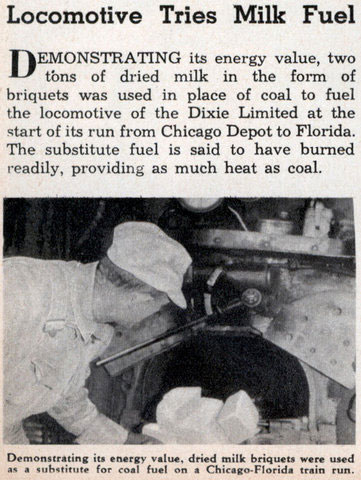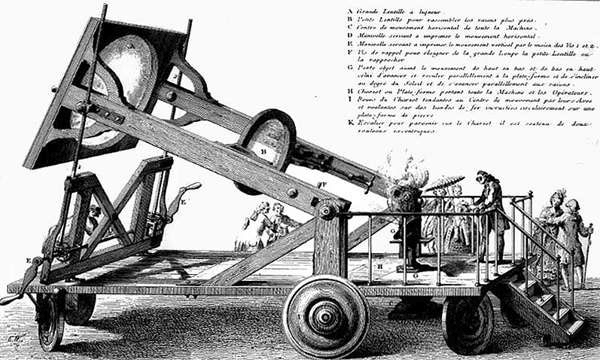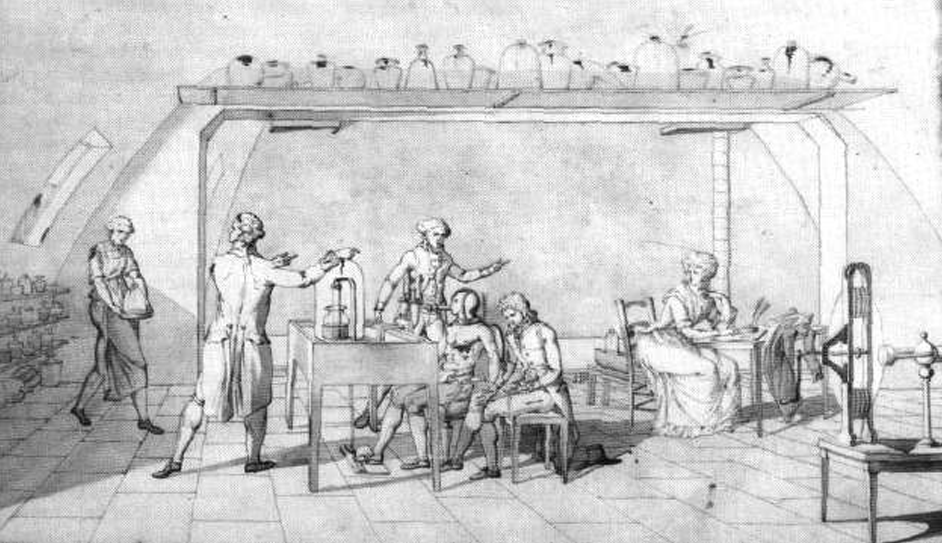 Metabolism is a slow form of combustion
Metabolism is a slow form of combustionIn 1938, this train ran from Chicago to Sarasota, Fla. on
dried milk briquettes. Combusting milk in a train’s firebox works well as a
substitute fuel simply because human food is like wood, coal, or any gaseous
fuel – all provide carbon atoms for fuel.
Metabolism is essentially a slow form of combustion; it occurs
by following the basic formula of combustion obeyed by automobiles, and
trains. The mitochondria of cells in the human body - functionally speaking are
glorified fireboxes; C (carbon) combines with O2
(oxygen) to make CO2 (carbon dioxide). C + O2 makes CO2 inside mitochondria.
Thus, we blow out CO2 like cars. Respiration is combustion; oxidative metabolism is the science of knowing how to
'make a fire'. Knowing this in the proper metaphorical light simplifies
the subjects of anatomy, physiology and exercise science. In fact...
...the scientific roots of metabolism, nutrition, health and
human performance, and medical physiology originated in examining combustion in
both inanimate and animated matter. This transformation of matter is recognized and felt by virtually all children
throughout the world - in terms of an adult's request, outdoors on a
cool evening:
"throw some fuel
on the fire".
FUEL
+ O2... makes.... CO2 + H2O + HEAT
 In the 1770's, Antoine Levoisier burned
diamonds with solar power to demonstrate
diamonds (an allotrope of carbon) would combust as coal does, but at a much higher temperature.
In the 1770's, Antoine Levoisier burned
diamonds with solar power to demonstrate
diamonds (an allotrope of carbon) would combust as coal does, but at a much higher temperature.  Indeed, humans combust the carbon atoms in food! This picture drawn by Lavoisier's wife, shows an early
respiration experiment where a man's expired CO2 is collected into a
closed vessel. Lavoisier is known as 'the father of modern chemistry'.
Indeed, humans combust the carbon atoms in food! This picture drawn by Lavoisier's wife, shows an early
respiration experiment where a man's expired CO2 is collected into a
closed vessel. Lavoisier is known as 'the father of modern chemistry'.